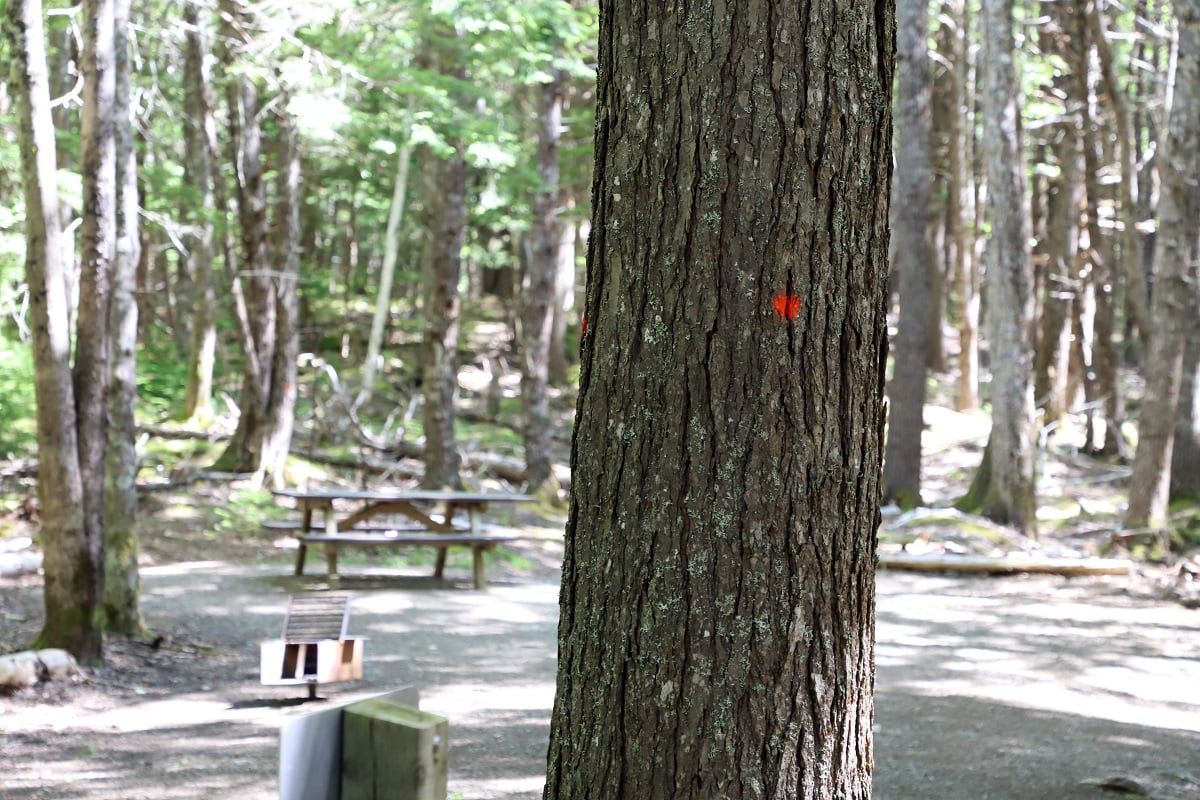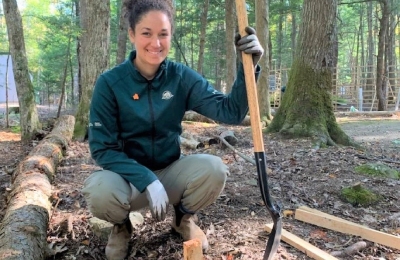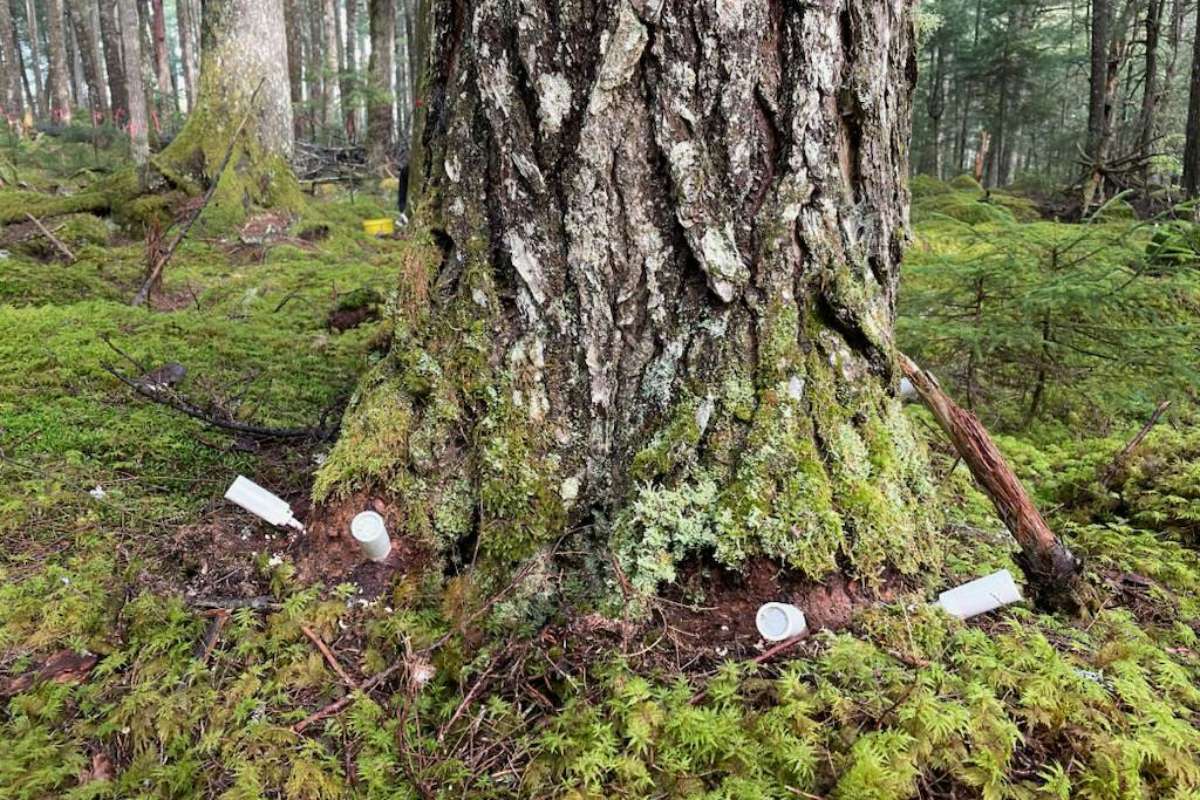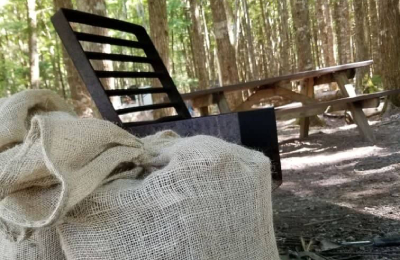
Care for the land: Parks Canada works to control invasive alien species
Parks Canada works with many groups to protect threatened ecosystems and wildlife from invasive alien species (IAS). Together, we use leading-edge techniques to prevent and control them. We also restore areas damaged by IAS and help native species recover. And you too can help.
A love for native biodiversity
Parks Canada protects some of the most treasured places in the country. From old growth forests, to prairie grasslands, to mountain ecosystems—these protected areas are home to an incredible diversity of native wildlife. Yet the introduction of invasive alien species is impacting these special places.

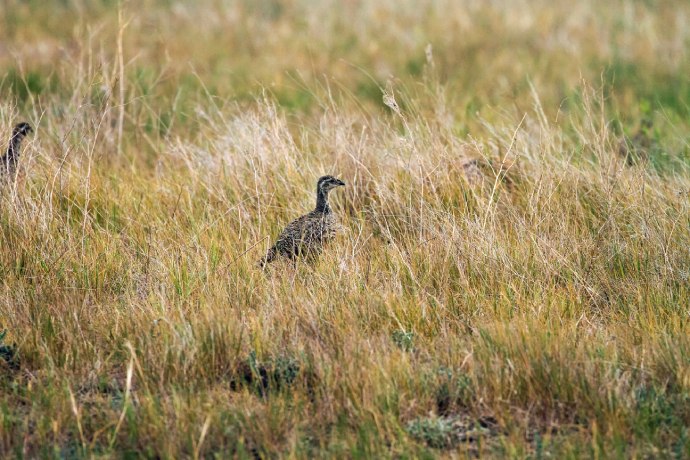
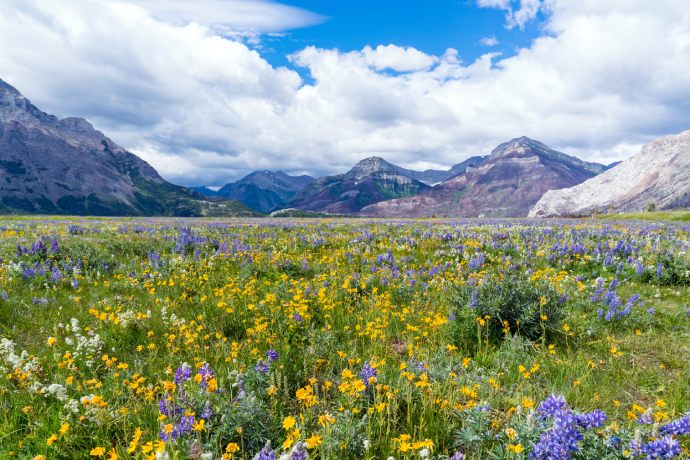
Invasive alien species
Invasive alien species are insects, plants, animals, and fungi that were introduced to areas outside of their natural range by human activity, either by accident or on purpose. Found in both terrestrial and aquatic ecosystems, they are the second largest threat to biodiversity in the world next to habitat loss.
The division between land and water isn’t always cut and dry for IAS. At Point Pelee National Park in Ontario, invasive phragmites and cattails are taking over the marsh. Watch how Parks Canada is restoring open water habitat in the marsh to help native species thrive:
Taking on invasive species in a rare marsh habitat
Text transcript
[Aerial shot of Point Pelee National Park marshland][Parks Canada logo]
[Andrew Laforet and Emma Burbidge speak directly into the camera]
[Text] Point Pelee is part of the traditional territory of the Three Fires Confederacy of First Nations, composed of the Ojibway, Odawa and Potowatomi.
Hi, my name is Andrew and I'm the project coordinator for the marsh restoration project.
[Name Tag] Andrew Laforet, Marsh Restoration Project Manager, Point Pelee National Park
[Name Tag] Emma Burbidge, Resource Conservation Technician, Point Pelee National Park
Hi, I'm Emma, I'm a resource conservation technician working on the project and I'll also be driving some of the machinery out in the marsh.
[Three Parks Canada employees board a small boat, prepare to navigate into the marsh]
So we're here at Point Pelee National Park's marsh, and we're about to head out and start our restoration for the day.
The goal of the project is to create new open and edgewater habitat out here in the marsh, and remove invasive species. So if we're all set, let's hit the water!
[Title] Field Notes: Taking on Invasive Species in a Rare Marsh Habitat, Point Pelee National Park
[Parks Canada employees drive the boat into the marsh]
[Andrew speaks directly into the camera]
Point Pelee National Park's marsh is an extremely important habitat, because it's one of only a few left in the Great Lakes region, one of the largest left in Southwestern Ontario,
[Text] One of the largest wetland habitats left in Southwestern Ontario
[Text] Important stopover for migratory birds
[Text] Home to 19 species at risk
[Text] Wetland of international significance
It's an important stopover for migratory birds, it's home to no less than 19 species at risk, and it's a wetland of international significance.
[Camera pans over a large expanse of invasive cattails and phragmites]
[Text] Since the 1950s, open water habitat in the marsh has been reduced by 10 percent, or 100 hectares, due to the encroachment of invasive species.
[Text] Invasive cattails and phragmites are the species that pose the greatest threat to marsh habitat diversity in Point Pelee National Park.
[Andrew speaks directly into the camera while standing in front of a stand of invasive cattails and phragmites]
Invasive species pose a problem in Point Pelee National Park's marsh, because they form a dense monoculture, like the one you see behind me, where nothing else can grow,
no animals can move through. So you can imagine as a turtle moving to your nesting grounds, it can be very difficult to move from one spot to another.
[Camera pans across a stand of invasive phragmites, showing how close together the plants are]
Very few plants are able to grow in that stand.
[An aerial view reveals machines carefully clearing a pathway through the invasive plants, allowing species to move more freely through the marsh]
[Text] Specialized machinery is used by staff at Point Pelee to cut channels through the dense invasive cattail growth.
[Emma speaks directly to the camera while other Parks Canada employees work among the cattails behind her]
Now that we're out in the management area, on the cattail mat, the next step is to launch our canoe and our kayak, and send a team out to do some scouting
[Parks Canada staff wade through the mud and water, looking for species that need to be relocated to safety before the machinery work begins]
of the area that we're planning on working in before the machinery starts, so they'll be looking for any plant or animal or snail species out there
And they'll be scouting a route for the machines to go.
[Name Tag] Cara Braun, Resource Conservation Student, Point Pelee National Park
[Cara holds a plastic bin containing a water snake that was removed from the management area]
So while we were doing our surveys this morning, we found this water snake in the management area that needed to be relocated, so we captured it
and we're going to set it free outside of our area that we're working.
[Cara releases the snake into the water and it swims away]
[A Parks Canada team member ties an orange flag to a cattail to mark a designated cutting area for the machinery]
[Text] Once the team has surveyed the area for any wildlife that needs to be relocated, they tie biodegradable flags marking where the machines can cut through.
[A Parks Canada employee starts the engine of the marsh cutting machine]
[Andrew speaks into the camera while the Swamp Devil cuts into the cattail mats behind him]
So we're out here at Point Pelee's marsh, standing on the cattail mats, and the process here is to create new open-water habitat by carving into them
using the machine back there called the Swamp Devil. It's a large vegetation cutter and it's meant to carve its way into the cattail mats and open up that water.
[Emma stands on top of the weed harvesting machinery, collecting leftover debris that was cut from the cattail mats]
Then we have Emma over here on the weed harvester, and she's collecting any debris that's left behind. And what she does with that is backs it up
over to the mats and leaves them in piles that we can check.
[The weed harvester creates piles of muddy cattails along the edge of the cleared marsh]
[Name Tag] Maddie Peters, Resource Conservation Student, Point Pelee National Park
[Maddie speaks directly to the camera while standing in front of a cattail pile]
After all the cattail mats have been collected, they're piled into piles, and we're going to go through and take pictures of the piles, we're going to take a
[Maddie takes a photo of a cattail pile using a digital camera]
[Maddie uses a GPS to determine the exact location of the cattail pile]
[Maddie searches through the muddy cattail pile, looking for wildlife that needs to be relocated]
GPS point of the pile, we're going to measure the piles, we're going to take the height the length and the width,
and then we're going to go through the pile and check and make sure that there's no wildlife that needs to be relocated.
[Emma speaks into the camera while Maddie stands beside her]
All right, so Maddie and I have two jobs. There's data collection in the canoe, which was me today, and pile checking, which was Maddie, and from the looks of us,
you can obviously see there's a bit of a difference in cleanliness.
[The camera pans down to reveal that Maddie’s pants are covered in mud while Emma’s pants are completely clean].
[An aerial view of the marsh shows the Swamp Devil and the weed harvester cutting and collecting cattails in the marsh]
[Emma drives a boat through the waterway that has been cleared by the machinery]
[Parks Canada employees return to the boat dock, unpack the boat, and clear the mud off of everything after a long day of field work]
[Emma speaks into the camera while the rest of the team stands behind her on the dock]
OK, so we've just finished a day out in the field, we're back at the dock packing everything up, we're going to do a little debrief then head back to
the visitor's centre. We had a really good day out there, cut a good amount of cattail mat, had some quality time with the machines, and now we're heading back for
some good showers.
[Text] Parks Canada, Caldwell First Nation and Walpole Island First Nation work together to conserve the park’s natural heritage and traditional history.
[The camera pans across an area of the marsh that has been cleared of invasive cattail beds] [Andrew speaks directly into the camera]
We're back at the marsh boardwalk and I'm joined by Carrie Ann, who's the Culture and Language Coordinator for Caldwell First Nation
Today Carrie Ann's going to talk to us about ceremony and the significance of Point Pelee's marsh.
[Name Tag] Carrie Ann Peters, Culture and Language Coordinator, Caldwell First Nation
[Carrie speaks directly to the camera while standing on a boardwalk in the marsh]
Bonjour! Miigwech for inviting me to the marsh boardwalk. If you look at a map you'll see all those waterways throughout Mother Earth, and that's kind of like if you
[Carrie Ann looks out over the marsh]
look at yourself and you see those veins, right? So that's the same system for her. And we acknowledge the water because it's living and it has spirit.
so we have a responsibility to take care of her.
[Andrew and Emma speak directly to the camera]
The project will serve Parks Canada's mandate by improving the ecological integrity of our marsh habitat and providing visitors with opportunities to learn and explore the park.
[Images of a butterfly, a frog, fish, and a bird each appear on the screen, one after the other. They are all species that will benefit from the newly-cleared marsh habitat]
Ultimately, our goal for this project is to see wildlife come back into the areas that we're managing and to see them thrive again.
[A pink flower blows in the wind. Swallows fly past a Parks Canada boat as it heads back to the dock]
We're really excited that we've already started seeing signs of that, in areas where we've removed invasive phragmites, we've already started seeing
native plants, and turtles and birds coming back into those areas, and even out where we're cutting through channels, we've started seeing animals using
the mudflats for habitat. Thanks so much for watching! And if you're ever in Point Pelee National Park, keep an eye out for our team out there working, and all the
habitat that we've created!
[Text] The team aims to create 80,000 m² of open water by cutting channels and ponds through the invasive cattail mat. So far, Point Pelee staff have also removed 11,865 m² of invasive phragmites.
[Parks Canada wordmark]
Once an introduced species is established, IAS can continue to spread further in its new environment. The introduction of IAS can harm ecosystems, species, and people in many ways. They can have severe and often irreversible impacts to native ecosystems.

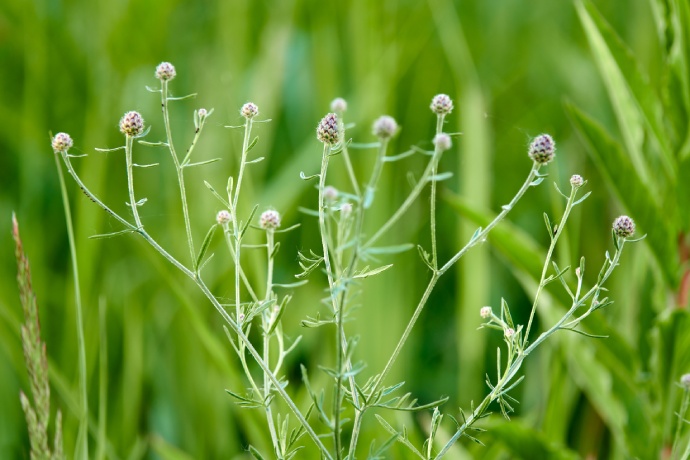
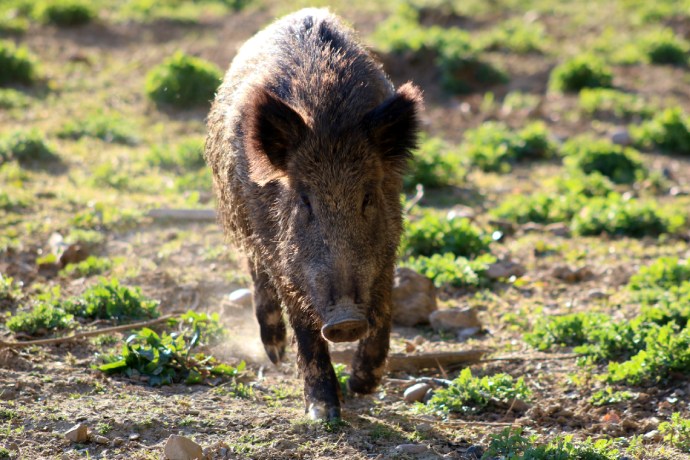
Introductions of IAS threaten native wildlife by:
- increasing predation on native species
- reducing the health of native species
- altering habitat
- increasing competition for resources
- breeding with native species causing hybridization
- compounding threats to species at risk
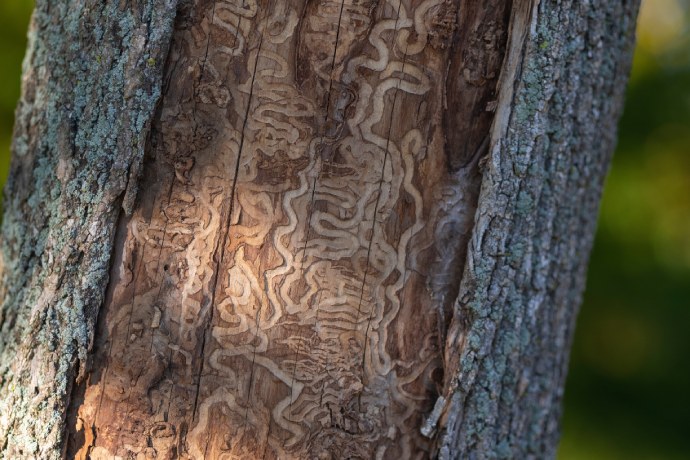
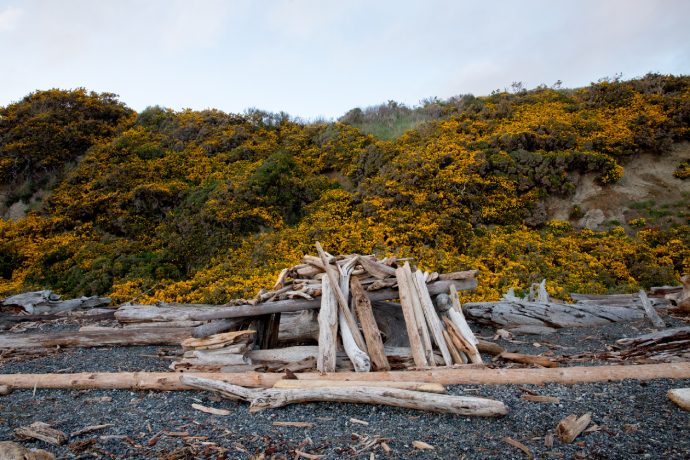
Parks Canada needs to control IAS before the ecological integrity of native ecosystems is lost...
Saving wildlife
Parks Canada has been protecting native wildlife from invaders for a long time. Yet the number, diversity, and impacts of IAS is increasing. Climate change is making the issue more complex.
Global efforts are underway to reduce the rate of introduction and establishment of IAS by 50% by 2030. We protect ecosystems from IAS by collaborating with many groups, including:
- Indigenous nations and communities
- municipal, provincial, and territorial governments
- universities and colleges
- non-governmental organizations
- business sector
Together, we use a range of approaches to track, prevent, and control IAS in protected areas administered by Parks Canada. We do this to protect the native species, biodiversity, and ecosystems that are special to national parks.

Read on for 3 short stories about this work
Kejimkujik National Park and National Historic Site
Old growth forests and invasive insects
Nova Scotia
.jpg)
Kejimkujik National Park and National Historic Site is a protected area in the center of the broader Mi’kmaq cultural landscape of Kespukwitk, one of the seven traditional districts of the Mi’kmaq. It is a unique experience to walk among the Hemlock forests at Kejimkujik.
Visitors are often filled with awe by the "cathedral" of old-growth trees. Their dense, feathery canopies give rise to a cool, mossy forest.
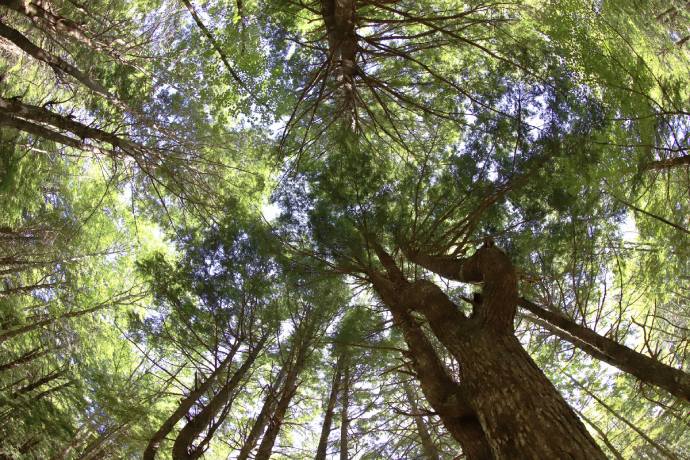
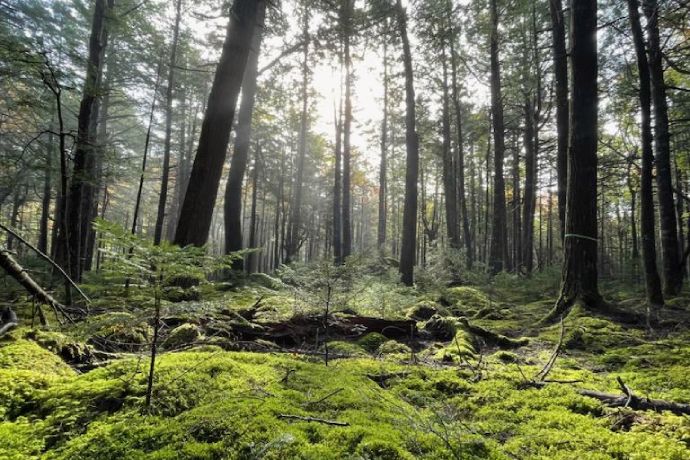
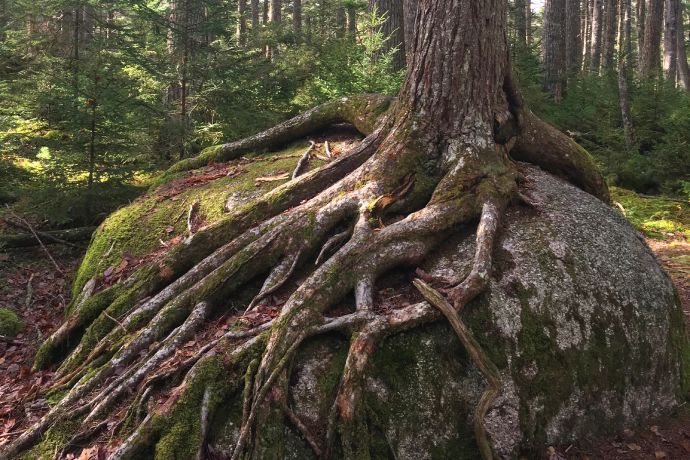
Eastern Hemlocks can live to be over 400 years old and form among the last old-growth forests in Nova Scotia. These ancient trees play a vital role in the forest ecosystem at Kejimkujik by:
- helping to mitigate the impacts of climate change by cooling streams
- providing habitat for rare lichens, birds, and other species that rely on old growth forests
- serving as a beloved and familiar sight for generations of campers and visitors
Watch this video to learn more about the Eastern Hemlock and its importance to Kejimkujik:
Text transcript
Hemlock has always been a tree that's been a favorite for me because it just speaks of this steady, reliable presence in the Acadian forest.Right now in Nova Scotia, HWA started down in the Yarmouth area and trees down there are largely dead.
We're a couple of years into infestation, but we have an option to do something right now.
One has to have a healthy respect for this tiny, tiny creature in a very short time span, they can overwhelm a mighty hemlock tree. very little old growth left.
Even in even in this park, we have only a few small stands of true old growth forest. So hopefully we can protect some of that.
From Mi'kmaq First Peoples to current Keji park visitors. Eastern hemlock forests are our connection to the past, and they represent an ecological, cultural and historical legacy that we have to fight to protect.
For more information on HWA and our efforts to protect Eastern hemlock: parks.canada.ca/kejimkujik
However, in 2018, the Hemlock Woolly Adelgid (HWA) was detected at Kejimkujik. This invasive alien insect damages and kills Eastern Hemlock trees. Scientists predict that up to 80% of all Hemlock trees in southwestern Nova Scotia will die by 2030 as a result of HWA.
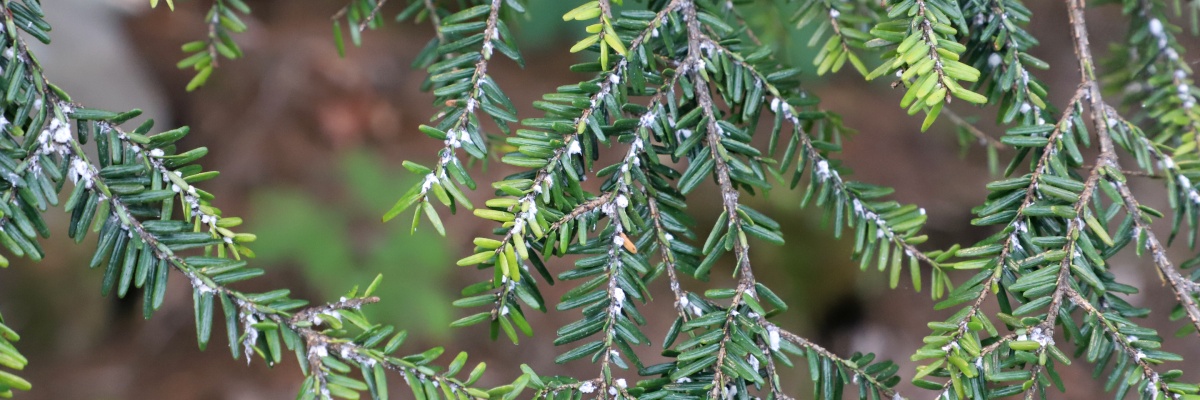
Parks Canada is working to save the forest ecosystem at Kejimkujik with many groups, like:
- Mi’kmaq organizations, communities, and Nuji kelo'toqatijik (Earth Keepers)
- provincial governments
- the Mersey Tobeatic Research Institute
- academic institutions
- Friends of Keji and volunteers
Parks Canada adopted an active management approach to respond to this new threat. To date, conservation actions have included:
- restorative silviculture to cut weak and damaged Hemlock trees and to allow more light to reach the forest floor
- growing the “forest of the future” with volunteers by planting diverse species for a more resilient Acadian forest
- leaving some of the felled trees to help soil health and the newly planted seedlings
- piloting the use of chemical insecticide by directly injecting priority trees in old-growth stands and important visitor areas
- implementing a ban on outside firewood to prevent the spread of HWA and other invasive insects
Protecting Kejimkujik's Hemlock legacy
Select image to enlarge
Parks Canada and partners are working to restore the ecological integrity of Kejimkujik and leave a legacy for future generations.
Waterton Lakes National Park
Endangered butterflies and invasive plants
Alberta
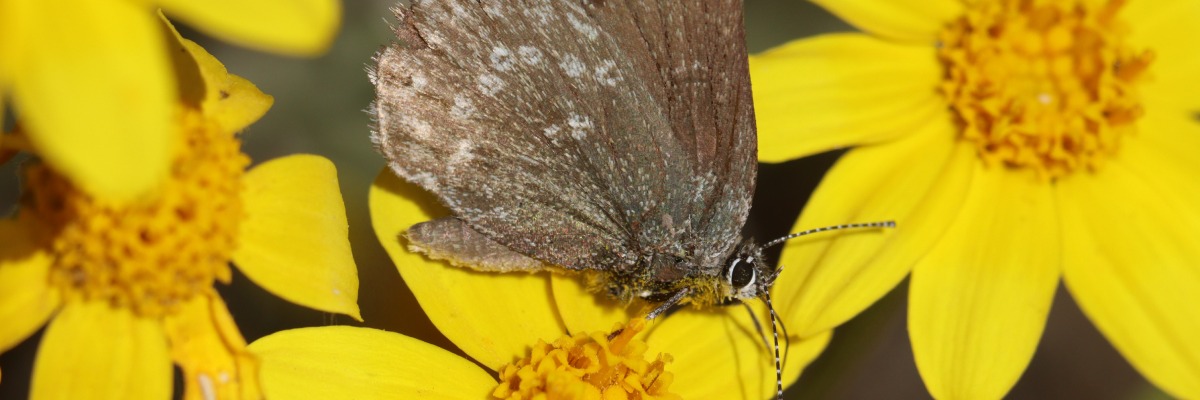
The grasslands at Waterton Lakes National Park are the only critical habitat of the Half-moon Hairstreak Butterfly in Alberta. The presence of the Half-moon Hairstreak indicates a healthy ecosystem, along with many other butterfly species in Waterton Lakes. Butterflies are key pollinators and prey insects. They help pollinate the famous wildflowers that captivate the hearts of many visitors each year.
Yet the invasive Spotted Knapweed is outcompeting native wildflowers, like the Silky and Silvery Lupine. The Half-moon Hairstreak Butterfly relies on these flowers for breeding.
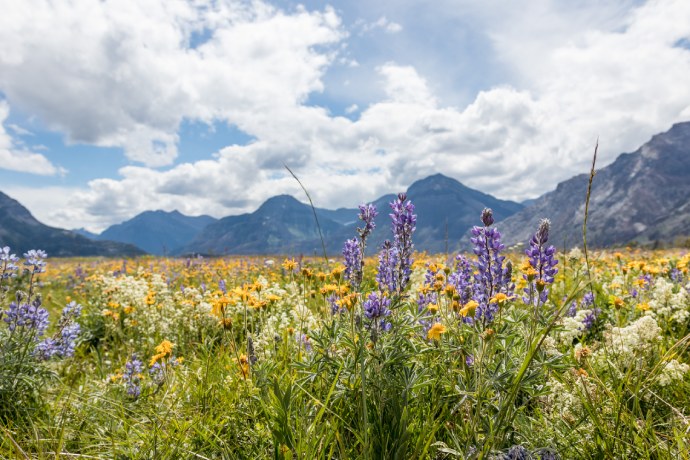
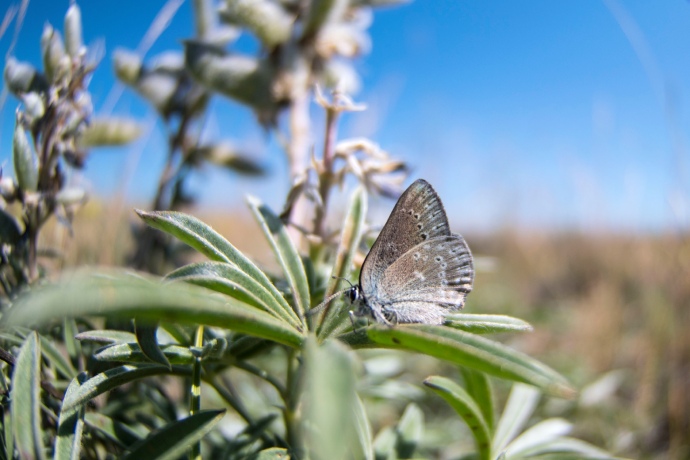
Watch how Parks Canada and the Calgary Zoo are helping the Half-moon Hairstreak Butterfly at Waterton Lakes National Park:
Text transcript
SOS! Half-moon hairstreak butterfly in distress!The half-moon hairstreak and its habitat are protected under the Species at Risk Act.
In Alberta, Waterton Lakes National Park is the only place where the half-moon hairstreak butterfly exists.
It lives on a floodplain known as the Blakiston Fan.
The area is threatened by natural disturbances and invasive plants.
Parks Canada and the Calgary Zoo are working together.
To protect and restore the half-moon hairstreak population, teams use monitoring, habitat restoration and research to understand the butterfly’s life cycle.
These research methods play a crucial role in the butterfly’s survival.
The half-moon hairstreak depends on some of the most beautiful wildflowers in the park.
It relies on native plants like lupines for food and a safe place to reproduce.
Half-moon hairstreaks are important to the ecosystem. Both as a prey species and as a pollinator.
Butterflies are important indicators of a healthy habitat. They are beautiful and fascinating insects to observe.
Each summer, Parks Canada shares the story of the half-moon hairstreak with visitors.
By staying on paths and not trampling on plants.
And by cleaning equipment such as boots and bikes to prevent the spread of invasive plants.
You help protect the half-moon hairstreak butterfly!
A special thank you to the Calgary Zoo for collaborating on this project and providing footage.
Parks Canada removes invasive grasses at Waterton Lakes to help prevent their spread. Conservation staff also restore threatened prairie grasslands to help native grass species recover. This work includes treating patches of invasive grass using herbicide and prescribed fire, and transplanting native prairie grasses.
Mountain national parks
Endangered trees and invasive fungi
Alberta and British Columbia
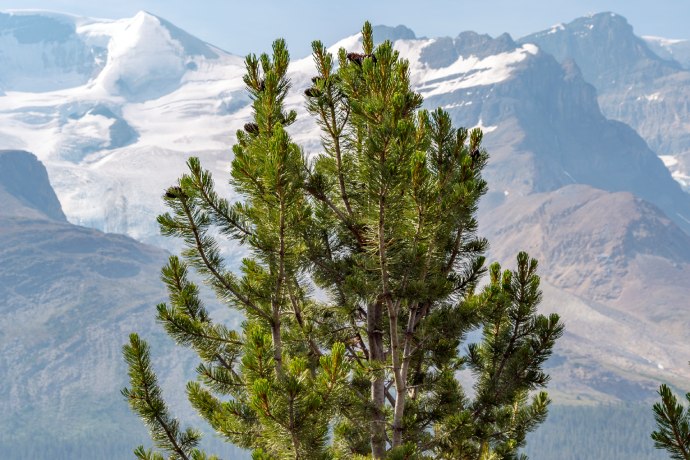
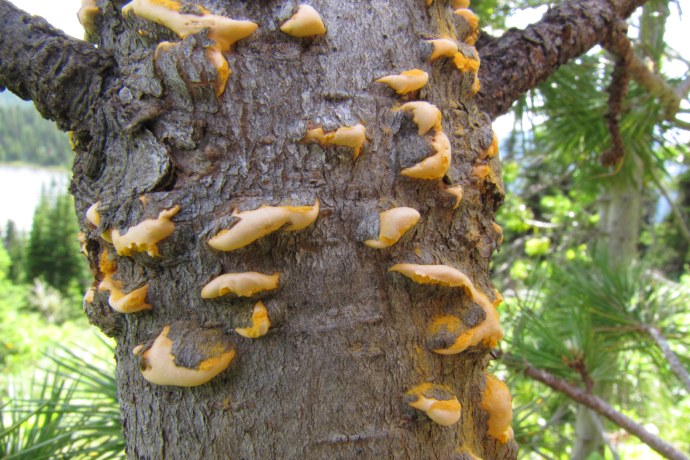
The endangered Whitebark Pine and the Clark’s Nutcracker share a mutual friendship. The two species have evolved very closely together and rely on one other for survival.
Watch this video to learn about their unique connection:
Text transcript
The Whitebark Pine and Clark’s Nutcracker are closely linked.Whitebark pine cones cannot open on their own.
Instead, Clark’s Nutcrackers use their beaks to break open the cone for seeds.
The seeds are large (about the size of a pea) and high in protein.
Nutcrackers collect seeds in their sublingual pouch until it is full.
The birds then bury the seeds to store food for the winter.
Roughly half the seeds are forgotten and may grow into Whitebark pine seedlings.
It can take between 80-100 years for a sapling to mature and produce seeds.
Like. Comment. Share.
pc.gc.ca/parksinsider
The Nutcracker’s beak is specially designed to open the cones of Whitebark Pine and remove its nutritious seeds. The Nutcracker in turn helps Whitebark Pine spread and grow new seedlings.
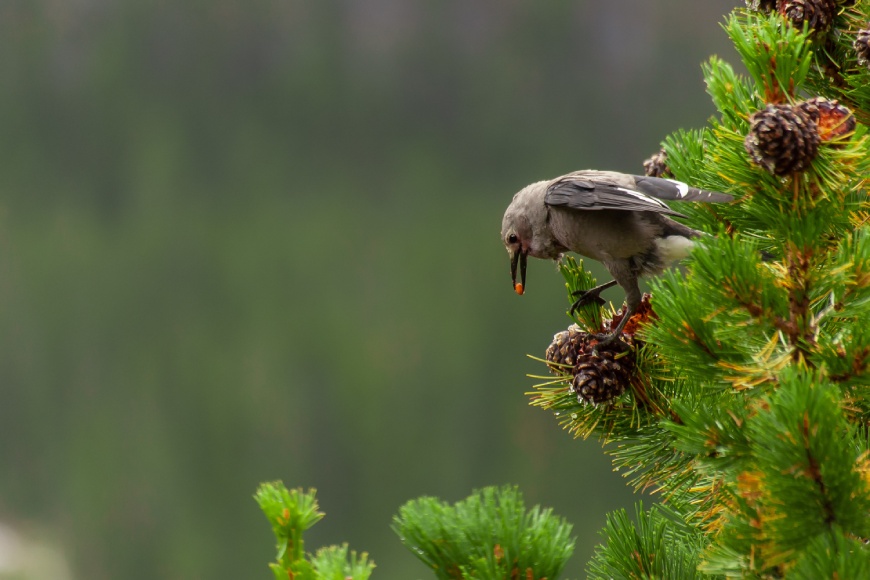
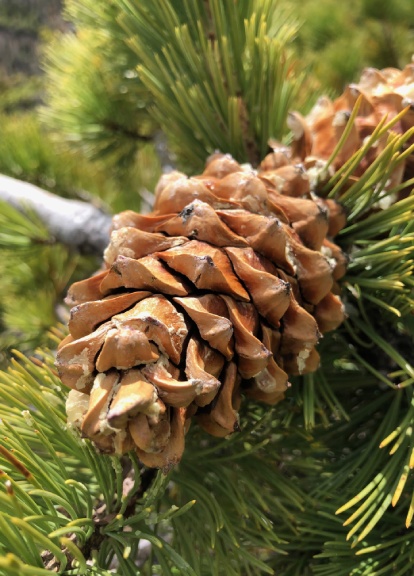
Whitebark Pine is a long-living keystone tree species in mountain national parks. It is a pioneering species that helps other plant, animal, and soil communities flourish. Yet this tree is at risk of extinction due to an invasive fungus, White Pine Blister Rust. This fungus can kill large numbers of trees.
To save Whitebark Pine and restore this important ecosystem, Parks Canada:
- carefully monitors the invasion of White Pine Blister Rust
- uses seed science, and seed collection through a technique called “caging”
- partners with nurseries to grow a new generation of blister rust-resistant trees
- restores Whitebark Pine to become a self-sustaining forest once again
- applies conservation practices at the landscape level through prescribed fire
- delivers visitor education
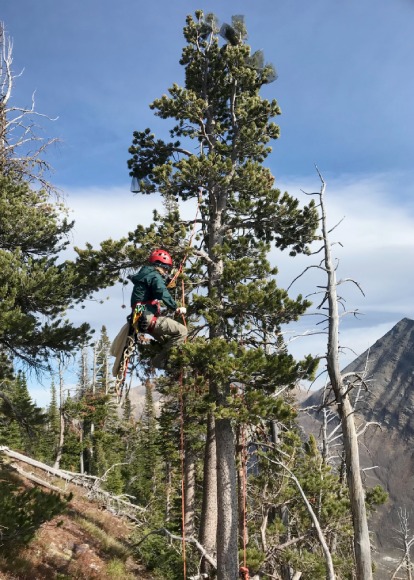
.jpg)
Conservation staff and volunteers have planted thousands of Whitebark Pine and Limber Pine seedlings in Waterton Lakes National Park.
There’s a lot of hope involved in keeping a really positive attitude about what we’re doing.
Watch how this work unfolds across the mountain national parks:
Text transcript
[Brenda] There have been a couple of whitebark pine in the Canadian Rockies that have been aged around 1000 years old.I mean these trees have seen such incredible change in the world since they were seedlings like the ones we’re planting.
All of the Mountain Parks, so that’s Waterton, Revelstoke-Glacier, Kootenay, Yoho, Banff and Jasper.
We all work together, we’re relying on each other trying to recover Whitebark Pine and limber pine together.
Whitebark Pine is a pioneering species and so it moves in and it creates, often, these little tree islands and other species are able to move in after it.
[Allison] My favourite thing about Whitebark Pine, the fact that nutcrackers are almost exclusively responsible for allowing them to regenerate.
[Hilary] I love that they just grow in these really rough exposed areas and that they are so resilient and they just live for hundreds of years.
[Genoa] Once we found a limber pine that was just growing straight into a cliff, like it’s surviving and thriving.
[Rebecca] These trees have an absolutely crucial role in both the plant communities and the animal communities, the soil communities, probably more communities than we understand right now. [Laugh]
[Brenda] The Clark’s Nutcracker and the Whitebark Pine have a really important relationship.
It’s called a mutualism, really rare in nature, where both species depend on each other for their survival.
The cones will not open on their own.
The nutcracker has a specialized beak to be able to open the cones and then it will fly off to different parts of the forest where it will deposit seeds and then months later they will fly back, find that exact spot and dig out the seeds and eat them.
And it’s only seeds that they don’t eat that become Whitebark Pine seedlings.
They evolved together, these two species, over tens of thousands of years.
[Allison] So you can see that kind of spindle shape, there’s a lot of swelling, coarse bark, and you can see some of the inactive rust oozing out, and then this section of the branch is all dead.
[Brenda] These trees did not evolve with white pine blister rust and that’s what’s really important about why this causes the tree to become endangered.
This disease came in in the early 1900’s and the tree just doesn’t have the traits to be able to fight it off.
So we worry about these big ghost forests.
If there are ghost forests, will there not be enough Whitebark Pine to attract nutcrackers and if there are no nutcrackers, there’s no future.
We climb the tree in the early summer.
We put cages on the cones, the cones mature, but they don’t get eaten by birds or squirrels.
We climb back up late September, pick the cones and then the cones dry and then we extract the seeds from the cones.
We send those seeds to a nursery and then the nursery spends two years growing these guys.
We want to plant enough trees at a high enough density that in eighty years we will have a forest of cone producing trees that will attract Clark’s Nutcrackers back and these birds will continue to allow these stands to persist and so that’s how we will create these self-sustaining recovered Whitebark Pine stands.
So there’s a lot of hope involved in keeping a really positive attitude about what we’re doing, the fact that none of us here will be alive to know whether this was successful.
Strange encounters
Staff have identified IAS in most national parks. There are many ways that IAS can enter a protected area, some more obvious than others. Common vectors can be:
- people, including on their shoes, clothing, pets, cars, ATVs, boats, as well as travel along roads and trails
- once introduced to an area, IAS can be carried by wildlife, or by wind and water
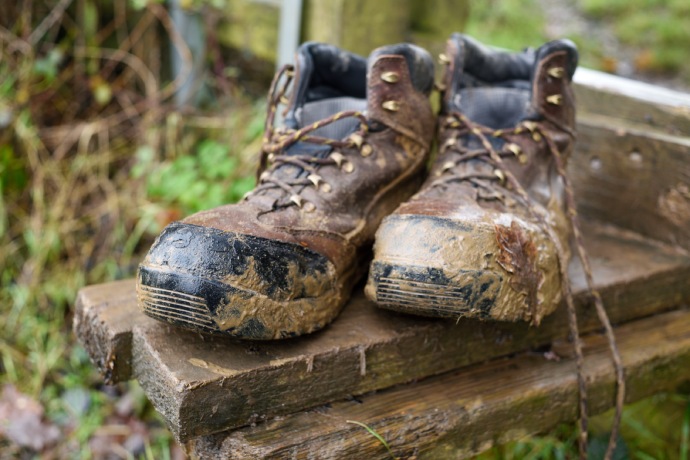

Less obvious vectors include imported earth materials, seed mixes, livestock and feed. All these possible entries into protected areas make it difficult and costly to prevent and control IAS.
On the bright side—knowing how IAS can enter a protected area helps you protect native wildlife and ecosystems.
Setting priorities and taking action
Sometimes it is not feasible to control all of the invasive species in a protected area. Often staff need to determine which populations of IAS pose the greatest threat. Parks Canada scientists use the best available research and information to prioritize conservation actions based on the:
- population size of IAS
- impacts to native species and ecosystems
- vulnerability of the area at risk
- scope of spread across site
- source and likelihood of spread
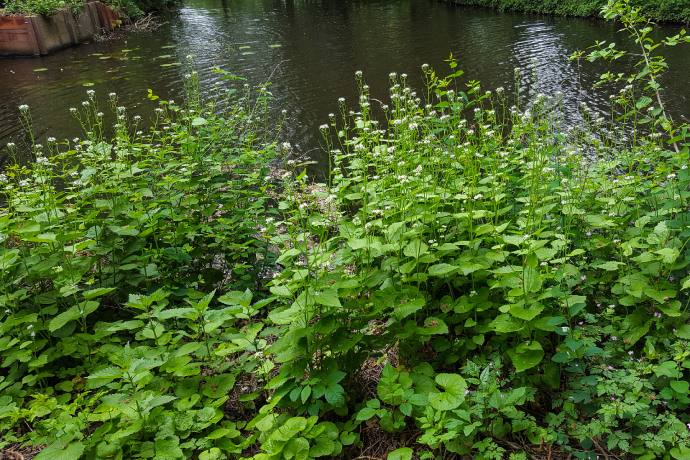
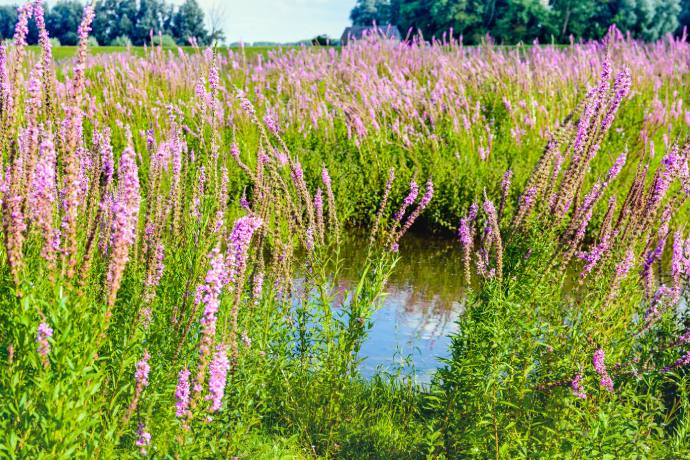
Detecting IAS and preventing spread
Early detection of IAS can be tough. Conservation scientists, along with partners, strategically monitor new and existing IAS in protected areas using:
- ground surveys
- wildlife cameras
- aerial imagery, fly-overs, and drone flights
- formulas for calculating relative threat
- visitor observations
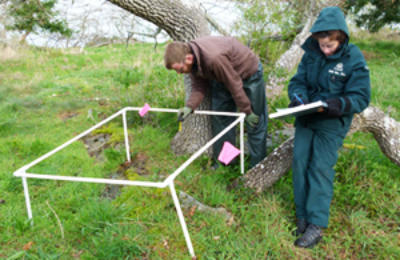
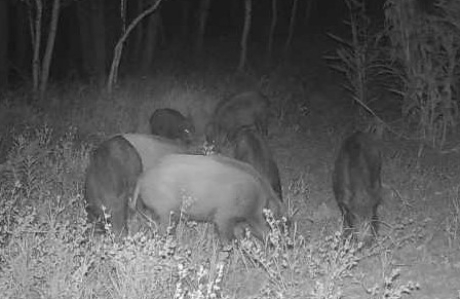
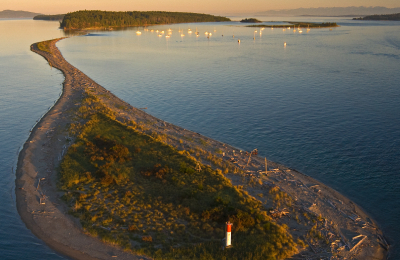
Parks Canada works to contain a population or source of IAS once it is identified as a threat. To prevent the spread of IAS, staff scientists target the source of the spread and protect areas where it could disperse. Parks Canada also engages visitors with actions they can take to help slow the spread of IAS.
Controlling IAS
Once an IAS has become established, it can be very difficult to remove. Parks Canada carefully prioritizes actions that target them. Conservation actions should minimize further impact to biodiversity and ecosystems. This requires a long-term, on-going commitment.
Parks Canada draws on science and Indigenous knowledge to determine the safest and most effective methods to control IAS in areas disturbed by introductions of IAS. Parks Canada develops Integrated Pest Management plans that can include a mix of:
- mechanical controls, like mowing, pulling, trapping
- chemical controls, like herbicides, pesticides
- prescribed fires
- introduced biological controls
- restoration activities, like planting or re-introductions of native species, to restore balance to ecosystems
Conservation staff at Fundy National Park help prevent the regrowth of invasive Japanese Knotweed in several ways. This includes covering it from sunlight and pulling the plant where covering is not possible. Doing so depletes the plants’ energy over time while avoiding the use of herbicides. Conservation staff at Elk Island National Park are working with the province of Alberta to trap invasive wild pigs that are causing widespread damage.
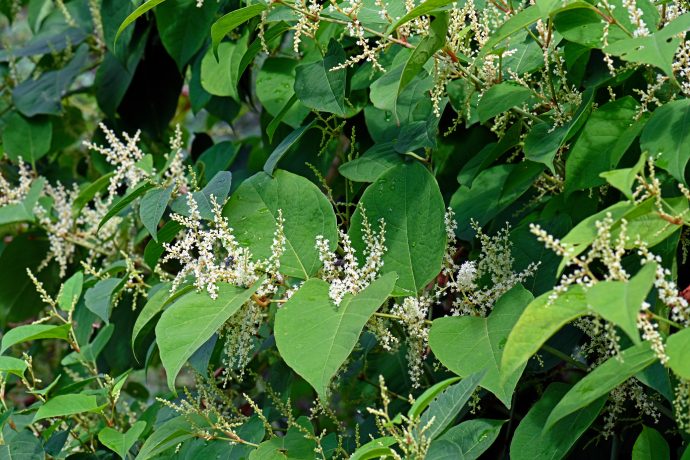
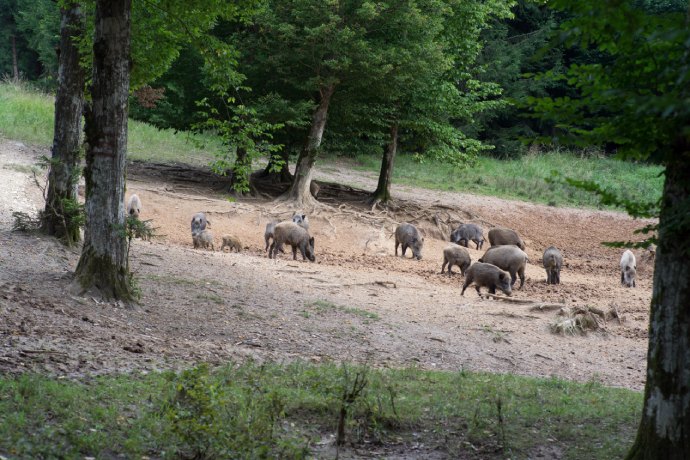
Restoring ecosystems after an invasion
Parks Canada scientists restore ecosystems and species that have been affected by introductions of IAS. Conservation staff at Grasslands National Park are restoring the critical native habitat of Greater Sage-Grouse from Crested Wheatgrass and Smooth Broome, two invasive grasses. Before seeding six different native grass species, staff remove the Crested Wheatgrass from the field and any seeds that may be left in the soil.
Staff scientists at Gulf Islands National Park Reserve are collaborating with the Coast Salish First Nations to restore the Garry Oak ecosystem from invasive plants, like Scotch Broom. Efforts are also underway with First Nations and partners to restore the Douglas-fir ecosystem from invasive deer and plants, including Scotch Broom.
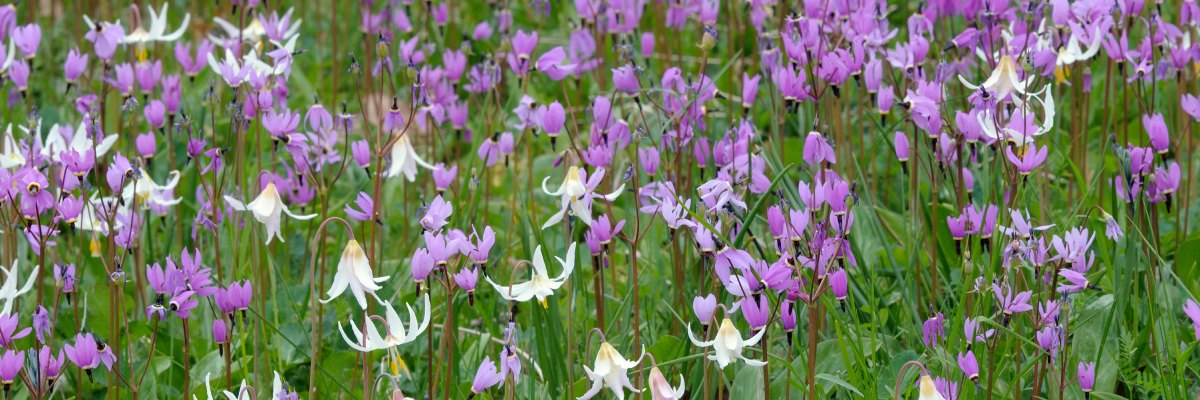
Show love for native biodiversity — ways you can help
Invasive alien species can feel like a daunting issue to prevent and control. Yet there are ways to do your part to slow and prevent the spread of IAS!
- Do not move outside firewood into national parks to prevent the spread of IAS, like the Emerald Ash Borer and Hemlock Woolly Adelgid
- Stop invasive species in your tracks! Play. Clean. Go!
- Remove plant parts and mud from boots, clothing, and pets
- Clean your gear before entering or leaving the national park
- Report non-native plants using the iNaturalist app
- Be a responsible gardener. Learn which plant species are invasive in your region and find alternatives. Search your local Invasive Species Council for more ways to help, like these "Grow me Instead" guides for British Columbia and Alberta
- Volunteer to help control invasive species. Learn about, and fall in love with, your local native biodiversity!
- Talk with your friends and family about IAS and how they can help
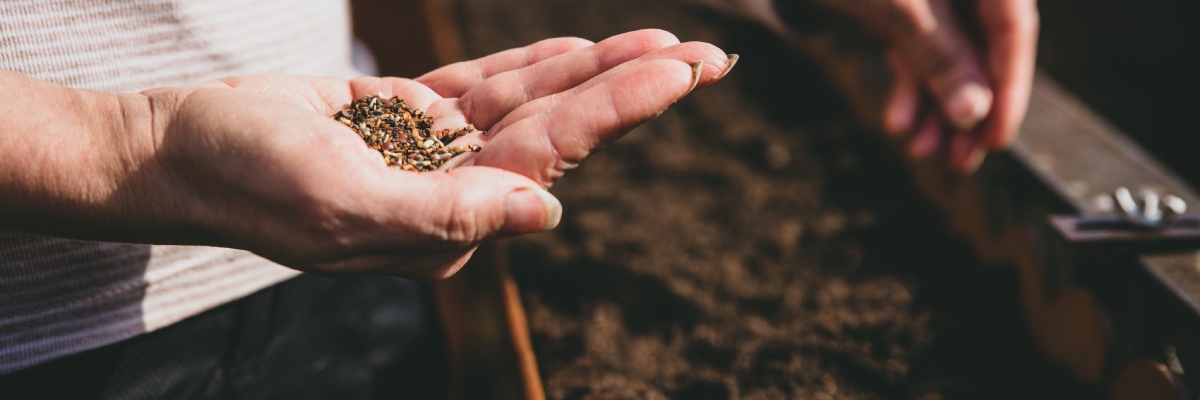
Related links
- Date modified :
